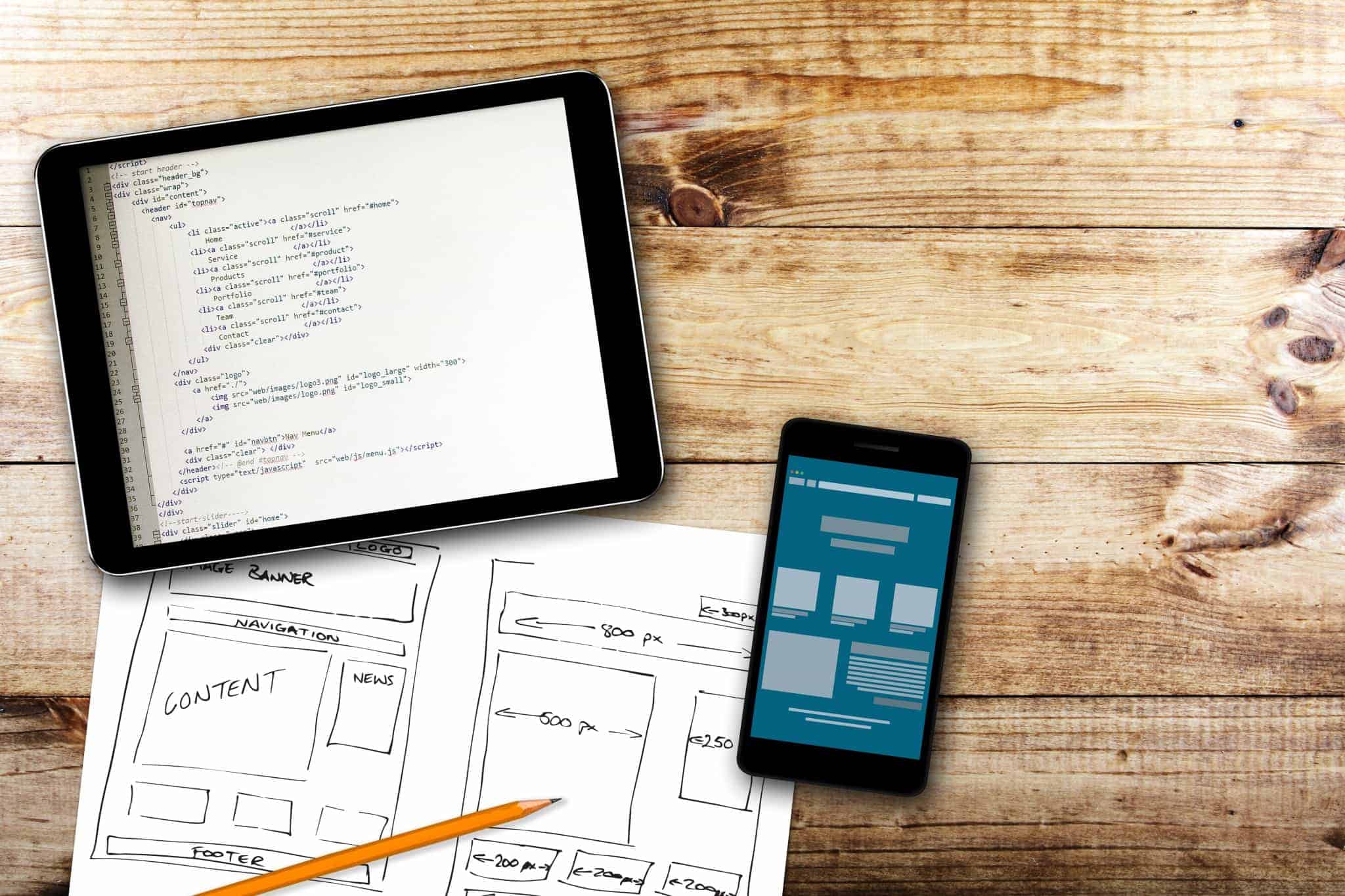
Are These 7 Website Design Elements Helping or Hurting Your Conversion Rate?
Website design, like most things, flows with the influence of trends. A new shiny feature comes along and quickly everyone wants to apply it on their website. The setback is that at times, the shiny newness of a feature clouds our ability to judge whether or not that feature is really improving user experience on our website.
Newness is not always the culprit behind website elements that are really hurting user experience. At times, old standby features or design norms are the cause. That’s because it can be easy to fall into the trap of assuming that if something has always been done in a certain way, that’s still the best way to go about it, when in reality, doing it the ‘old way’ hurts your website performance.
In the course of this article, we’ll take a look at seven common website design elements and ascertain whether or not they’re helping your website conversions.
- Generic confusion CTAs: Hurting
There’s no greater conversion killer than an ambiguous call-to-action, or one that doesn’t align properly with the actions users expect to take next. Worse still is a hidden or absent call-to-action.
If you want users to complete an action on your site, it’s your responsibility to lead them there. Together with strong messaging, clear CTAs are a critical component of the customer journey. They’re indeed one of the most important usability features of your website. The users shouldn’t have any doubts in mind about what will happen should they click on one of your CTAs. Uncertainty brings apprehension, and apprehension causes users to abandon.
The way out is to document CTAs that are specific to the action being taken and put in place relevant CTA’s which make sense in the framework of the content they are driving towards. Use supporting messaging, if appropriate, to further clarify and reinforce the purpose of your CTA.
- Site Search: Helping
The primary purpose of your site is to provide users with content, information, or products that interest them. Site search helps users who know exactly what they want to find it swiftly and without having to go through a process of category thinning down to get there. Site search also acts as a safety net that can be a last resort for users who try to find something by browsing and are not successful.
A user-friendly search bar should auto-generate answers based on the user’s input so far. Almost 63% of digital shoppers surveyed admitted to using site search while shopping online, hence this is one element of design you don’t want to skip.
- Image Zoom: Helping
As internet users have become more accustomed than ever to shopping and buying products online, they’ve also come to expect a host of features as part of that shopping experience. Image zoom is a major feature of the ecommerce experience. Users want to be able to see the weave on the fabric of a jacket, or detailing on a pair of shoes. As the ability to see a product in person is absent, image zoom is what comes closest to letting users experience products close-up. Additionally, survey data reveals that about 70% of digital shoppers use image zoom when shopping online.
- Vanity features: Hurting
Stuffing up your website with extra features that none of your users actually need is a bad idea. We sometimes term these as ‘vanity features’ because they’re often developed and applied for the main reason that they look cool or because they employ some shiny new technology. The setback is that shiny, impressive features applied for their own sake most likely aren’t going to be beneficial to your website, especially when your users don’t need them.
If a feature doesn’t serve a clear and concise purpose, then it’s mainly just a distraction from the real action you want users to take on your website. Not to mention, the cost of building a lot of vanity features is high and it diverts money from more purposeful website improvements and maintenance.
Instead of building another vanity feature that will end up as visual clutter on your website, think about throwing that money on improving those things that users really care about, such as site speed, mobile usability, and site navigation.
- Prominent contact info: Helping
There has to be a way customers are sure to contact you. If they encounter problems, obviously displayed contact information boosts the chances that they will get in touch with a customer service rep that can resolve the issue for them. What if they encounter a problem and can’t find your contact info? That’s a process for a lost sale or lead.
When your contact information is prominently displayed on your site, it promotes credibility and trust. If they are missing or difficult to find on the other hand, it may result in a loss of trust among users. They may be forced to doubt your credibility. Why doesn’t this business have a phone number? Maybe they don’t have an office or a real person operating the phones. How come I can’t find this company’s email address? Maybe they’re not actually a real company.
- Stock photography: Hurting
In the early internet days, having a website that looked professional and functional was sufficient to impress most users. In a bid to look professional, many brands resorted to using stock photography and visuals in their website designs. These days however, users seek more than just a professional and functional brand site – they are on the lookout for brands that are both of those things in addition to being extremely reliable.
Stock photography is the embodiment of counterfeit. It’s usually stiff, formal, generic, or all of the above and can be a huge turnoff to users. Companies need to invest in photography that is produced specifically for their brand and that describes either real people or models in situations that are aligned with brand aesthetics and personality.
- Content blocks: Hurting
At this junction, we all know that featuring thoughtful, well-crafted, useful content on your website is a sensible thing to do. The last thing you want is for users to visit your site seeking information about a product or service and are unable to find what they need. Having the right content available at the right moment is a crucial component in the customer’s journey.
The problem is that you don’t want your users to be overwhelmed with content. This is exactly what happens when content is presented in big chunks and long paragraphs. Attention spans on the web are limited and users tend to scan content rather than spend time reading it in depth.
Ensure that content is partitioned into digestible amounts. Make use of bullet points, paragraph breaks, and numbered sections to help users consume and interpret content easily.
Effective Website Design
These elementary dos and don’ts of web design should present you with just a few ideas on ways to improve your website, however don’t forget that achieving a great web design is a continuous, iterative process. Your website is never really “finished” to begin with. There will always be Improvements to be made and new trends and technologies to adapt to. The key is to avoid adopting a design trend simply because it’s trendy. Always keep the needs of your brand’s specific users in mind and consider which design elements will help them accomplish their tasks and objectives above all else.

